

This comprehensive guide explores everything you need to know about hanger bolts, covering their types, applications, installation, and considerations for choosing the right ones for your project. We'll delve into the specifics, providing practical advice and examples to help you confidently use hanger bolts in various applications.
Hanger bolts are specialized fasteners designed to suspend objects or structures from a ceiling, beam, or other overhead support. Unlike typical bolts, they have a threaded shank, typically with a loop or eye at one end, and a threaded portion on the other for attachment. This unique design makes them ideal for hanging lights, pipes, shelving units, and other equipment where secure suspension is crucial. The loop or eye at the top allows for easy connection to a supporting structure via a hook, nut, or other suitable fixture.
Hanger bolts come in various types, each designed for specific applications. Here are some of the most common:
These are the most common type, featuring a closed loop or eye at the top. They offer excellent strength and are suitable for a wide range of hanging applications. The size and material of the eye bolt will determine its weight capacity.
J-bolts feature a 'J' shaped top, providing a different attachment point compared to eye bolts. They are particularly useful in situations where a straight eye bolt may not be ideal.
These hanger bolts have a threaded shank with a drop-in feature for easy installation. They are frequently used in applications where quick and efficient installation is a priority. Often these will not have a fixed eyelet at the top but will instead feature a threaded top which will receive a threaded fitting.
Selecting the appropriate hanger bolt depends on several factors:
The weight of the object being suspended is the most crucial factor. Always choose a hanger bolt with a weight capacity exceeding the expected load.
Hanger bolts are available in various materials, including steel, stainless steel, and zinc-plated steel. The choice of material depends on the environment and the required corrosion resistance. For example, stainless steel is preferred in outdoor or damp conditions.
The thread type and size must be compatible with the supported structure and the attachment method. Ensure compatibility with the materials being used in the installation.
The installation process generally involves drilling a pilot hole, inserting the hanger bolt, and securing it using a nut and washer. Always consult the manufacturer's instructions for specific guidelines.
Remember safety is paramount. Always use appropriate safety equipment when working at heights or with heavy objects.
Hanger bolts are widely used in various applications, including:
You can purchase hanger bolts from various hardware stores, both online and offline. For a large or international order, you may wish to consider a specialist importer such as Hebei Muyi Import & Export Trading Co., Ltd. Always compare prices and specifications before making a purchase.
Understanding the different types and applications of hanger bolts is essential for ensuring the safety and stability of suspended structures. By following the guidelines outlined above, you can select and install the right hanger bolts for your specific project, promoting efficiency and safety.

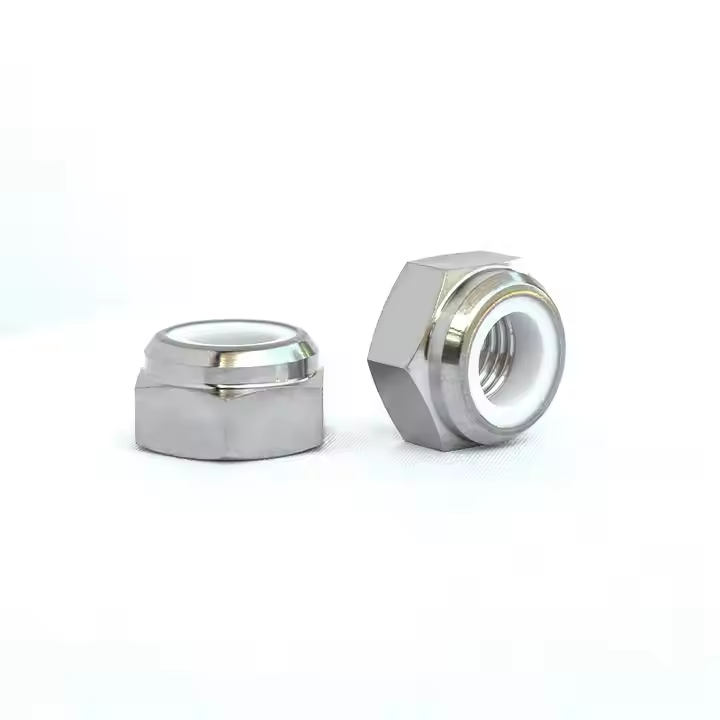
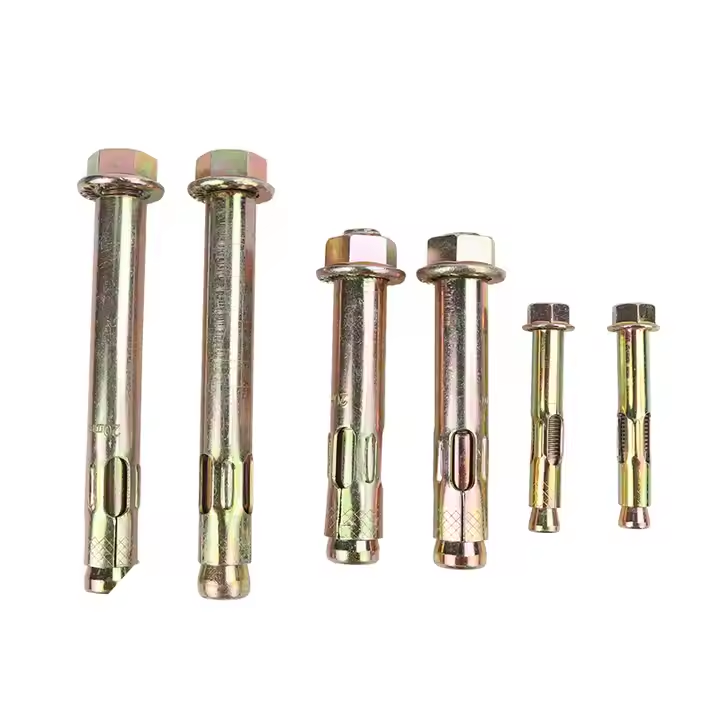
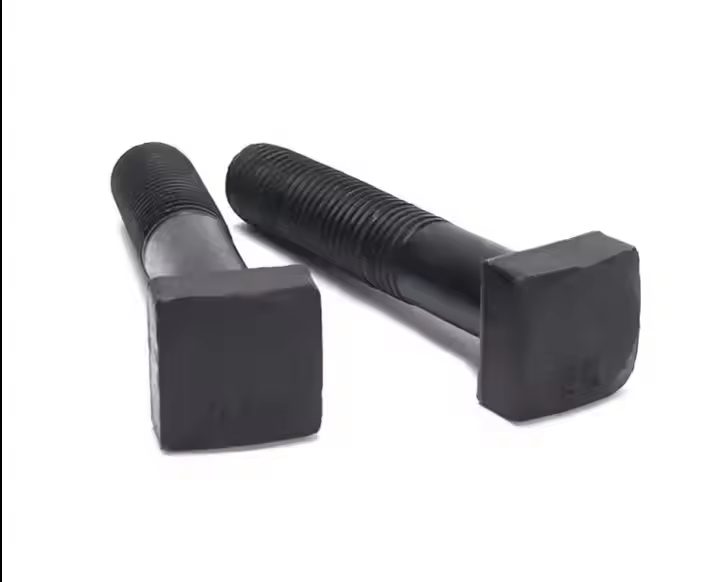
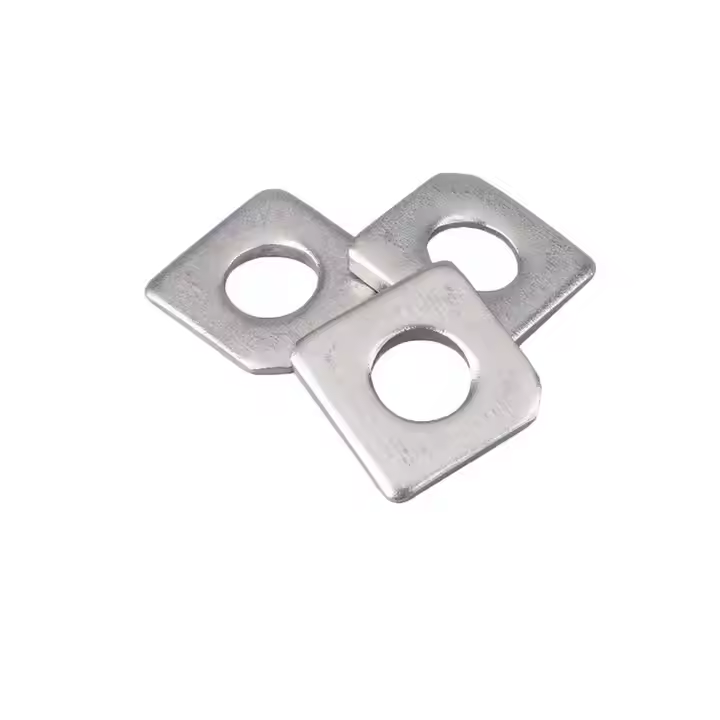
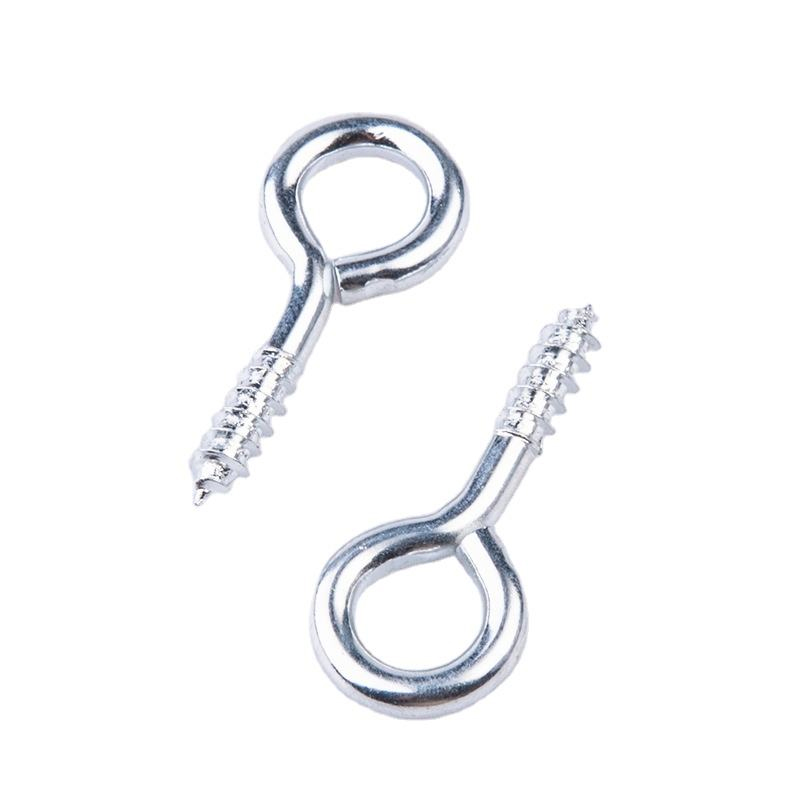

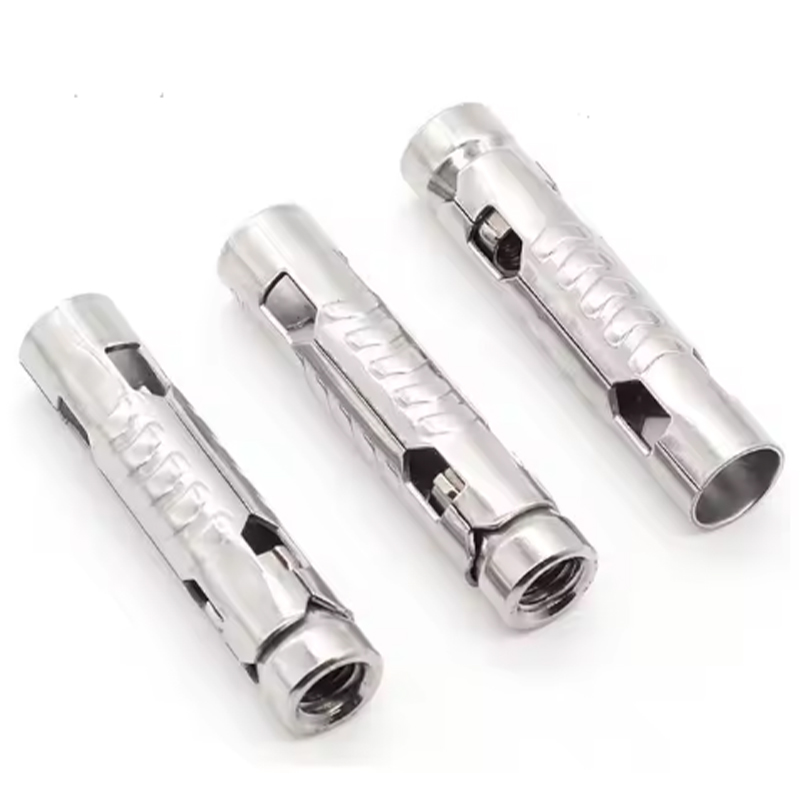
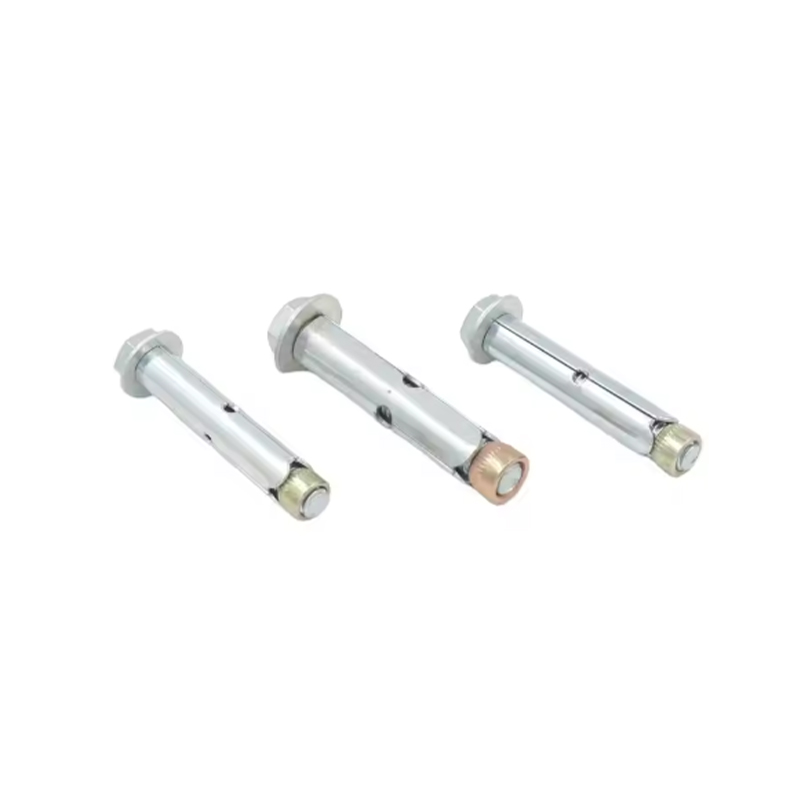
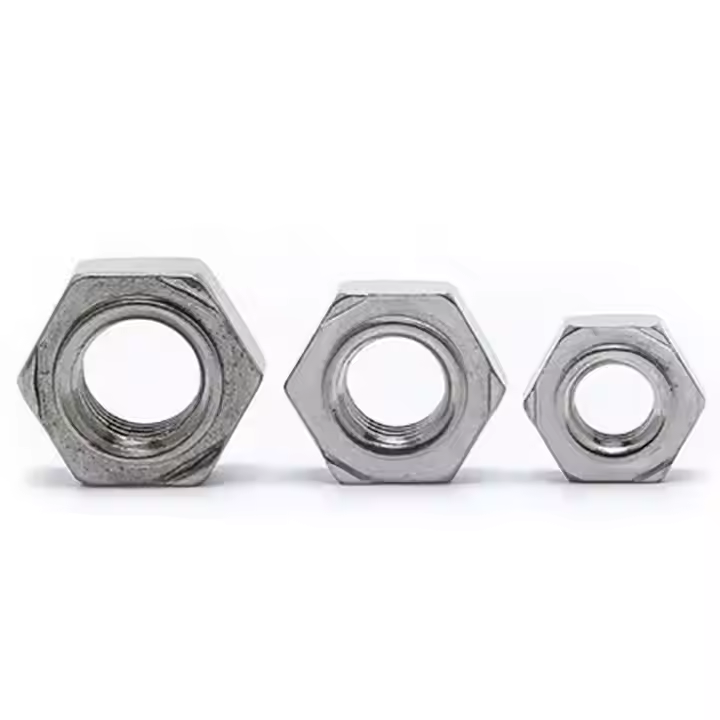
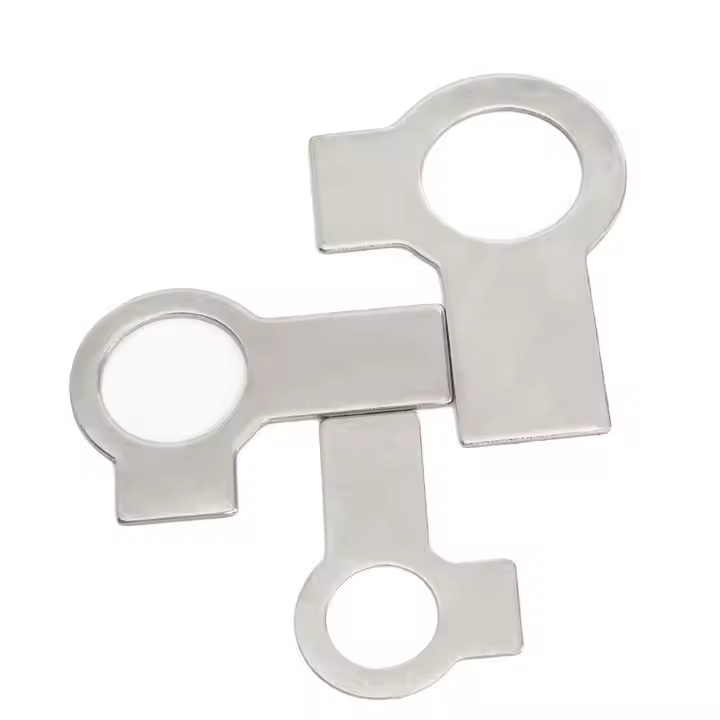
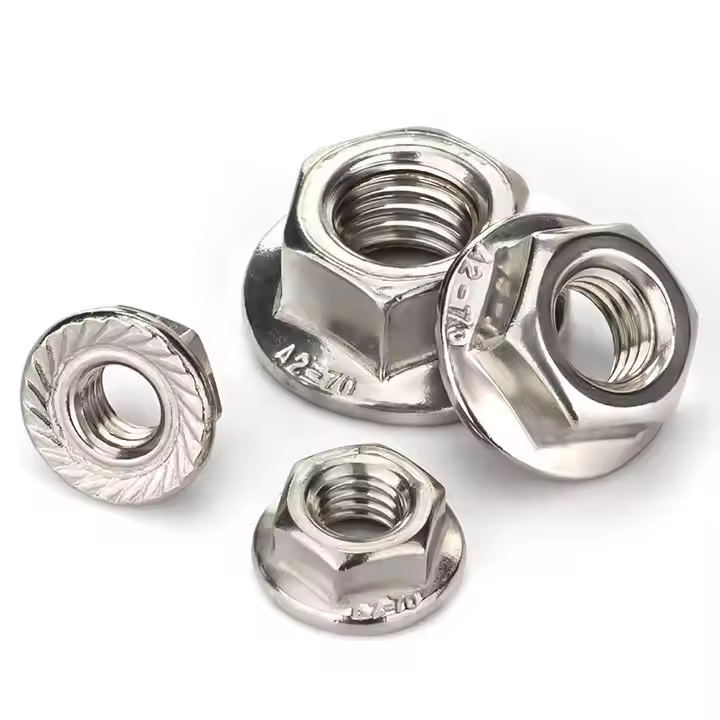
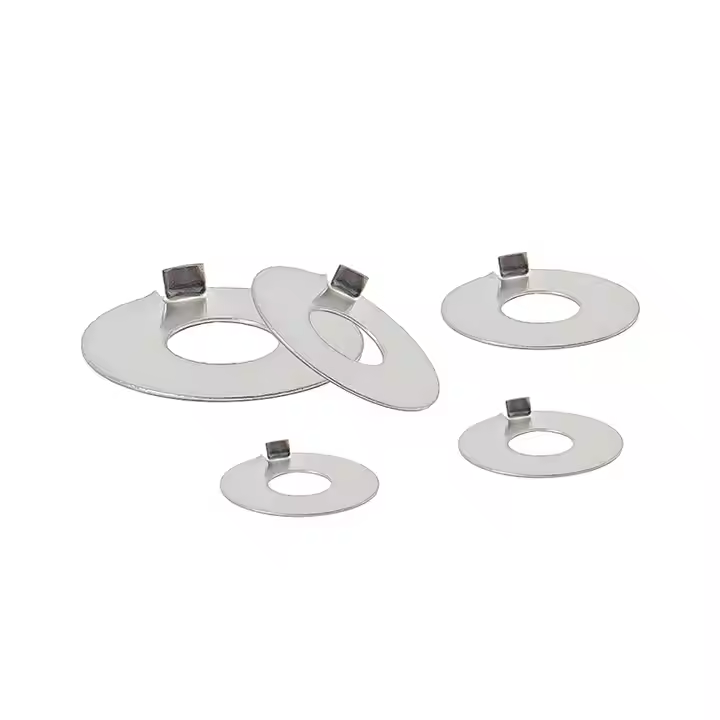
Please enter your email address and we will reply to your email.